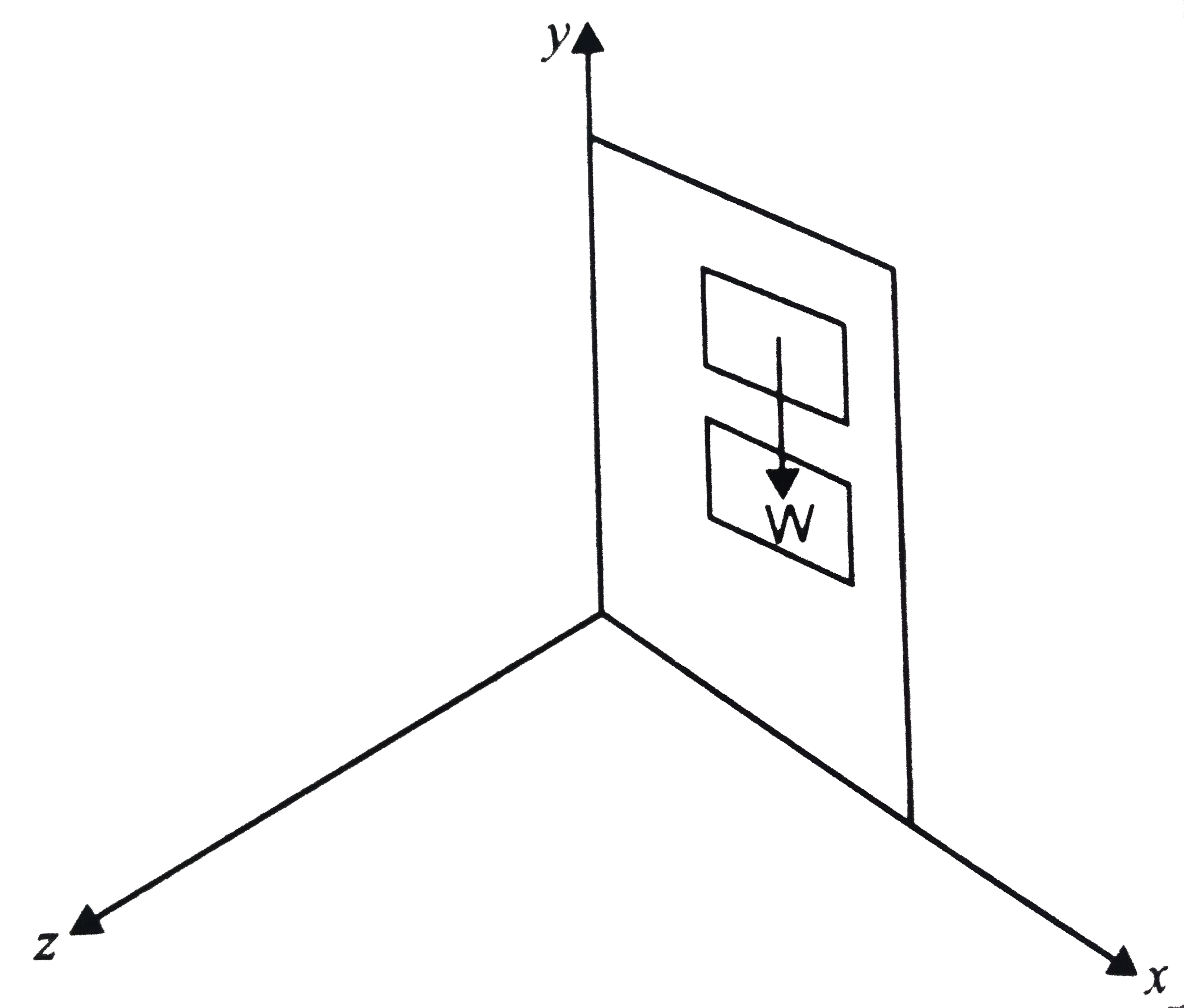very short answer type questions from NCERT PHYSICS Chapter 9 SYSTEM OF PARTICLES AND ROTATIONAL MOTION for Class 11
| Class 11 | PHYSICS |
| Chapter | SYSTEM OF PARTICLES AND ROTATIONAL MOTION |
| NCERT PHYSICS | very short answer type questions |
| Medium | English |
| Academic Year | 2023-2024 |
Question 1
the centre of gravity of a body on the earth coincides with its centre of mass for a small object whereas for an extended object it may not ,what is the qualitaitve meaning of small and extended in this regard ?
for which of the following two coincides ? A building , a pond , a lake ,a mountain ?View SolutionQuestion 4
A uniform cube of mass m and side a is placed on a frictionless horizontal surface. A vertical force F is applied to the edge as shown in Fig. Match the following (most appropriate choice) :
(a)mg/4<F<mg/2 (i) Cube will move up.
(b) F>mg/2 (ii) Cube will not exhibit motion.
(c ) F>mg (iii) Cube will begin to rotate and slip at A.
(d) F=mg/4 (iv) Normal reaction effectively at a/3 from A, no motion.
 View Solution
View SolutionQuestion 7
A wheel in uniform motion about an axis passing through its centre and perpendicular plus is considered to be in mechanical (translational plus rotational ) equilibrium because no net external force or torqure is reqired to sustain its motion However , the particles than constitute the wheel do experience a centripeteal the acceleration wheel being in equilibrium ?
how would you set a half wheel into unifrom motion about an axis passing throgh the centre of mass of the wheel and perpendicular to its plane ? will ypu require external forces to sustain the motion ?View SolutionQuestion 10
the centre of gravity of a body on the earth coincides with its centre of mass for a small object whereas for an extended object it may not ,what is the qualitaitve meaning of small and extended in this regard ?
for which of the following two coincides ? A building , a pond , a lake ,a mountain ?View SolutionQuestion 15
The vector sum of a system of non-collinear forces acting on a rigid body is given to be non-zero. If the vector sum of all the torques due to the system of forces about a certain point is found to be zero, does this mean that it is necessarily zero about any arbitrary point? View SolutionQuestion 16
A wheel in uniform motion about an axis passing through its centre and perpendicular plus is considered to be in mechanical (translational plus rotational ) equilibrium because no net external force or torqure is reqired to sustain its motion However , the particles than constitute the wheel do experience a centripeteal the acceleration wheel being in equilibrium ?
how would you set a half wheel into unifrom motion about an axis passing throgh the centre of mass of the wheel and perpendicular to its plane ? will ypu require external forces to sustain the motion ?View Solution



